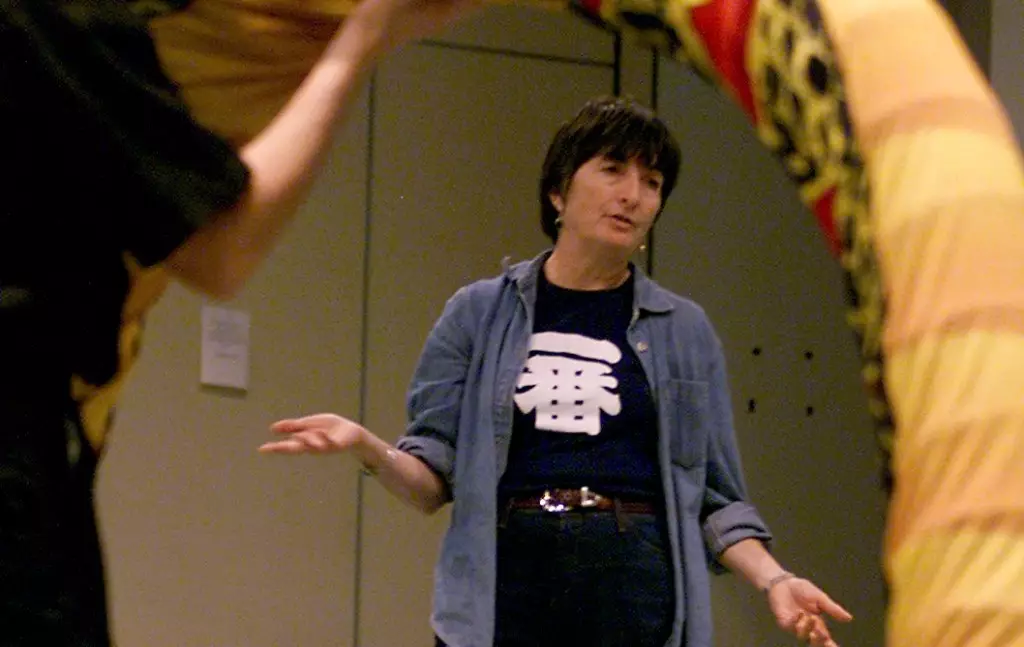Lynne Taylor-Corbett, the revered choreographer whose rhythmic creativity and theatrical flair transformed Broadway and Hollywood, passed away on January 12 at the age of 78 after a battle with breast cancer. Her legacy, one filled with innovation and passion, is remembered fondly by fans, fellow artists, and the dance community alike, further shaped by the touching announcement of her son Shaun Taylor-Corbett to The New York Times.
A Journey of Artistic Transformation
Born Lynne Aileen Taylor on December 2, 1946, in Denver, Colorado, her early aspirations led her to the vibrant streets of New York City, where she pursued studies at the esteemed School of American Ballet. However, after confronting the realities of ballet’s demanding nature, she discovered that her true calling lay not on the classical stage, but within the expressive realm of choreography. In her own words, she candidly reflected, “I was never really suited to be a ballet dancer, but I had a gift for theatricality and movement.” This self-awareness marked the turning point in her career, allowing her to embrace a more versatile artistic identity.
By the early 1980s, Lynne established a formidable presence in the choreography scene. Her works for the legendary American Ballet Theater and the City Ballet earned her a reputation for conflating technical precision with emotional depth. Commissioned by notable companies such as the Alvin Ailey American Dance Theater and Hubbard Street Dance Chicago, Lynne’s creations resonated well beyond the confines of Broadway, emphasizing her broad appeal and expertise.
Lynne’s debut on Broadway came in 1981 with the innovative rendition of Shakespeare’s “Cabaret.” This initial foray ushered her into a realm that would become synonymous with unforgettable performances. Her distinctive style was evident in “The Boys of Winter” and particularly in the ill-fated yet ambitious musical “Chess.” This production showcased her ability to intertwine complex narratives with movement, earning her critical acclaim and setting the stage for future success.
In 1994, she made headlines once again with the biographical play “Sally Marr…And Her Escorts,” in which she collaborated with the iconic Joan Rivers, delivering a poignant homage to Lenny Bruce’s mother. However, it was the grand musical “Titanic” in 1997 that solidified her status as a Broadway powerhouse, followed by the Jackie Kennedy bio-musical which captivated audiences with its elegant choreography.
Perhaps one of her most notable achievements came with the Broadway musical revue “Swing!” in 2000. Not only did she choreograph the vibrant production, but she also directed it, culminating in both a nomination for her choreography and direction at the Tony Awards. The show, peppered with classic swing melodies, reinvigorated interest in jazz music and dance during its run.
Hollywood Collaborations
Lynne Taylor-Corbett’s influence was not limited to the stage. Her foray into Hollywood began with the infamous 1984 film “Footloose,” where she choreographed a now-iconic dance sequence featuring Kevin Bacon. This movement became emblematic of the 1980s and showcased her innate ability to elevate performances through dance, subsequently leading to collaboration on films such as “My Blue Heaven,” “Vanilla Sky,” and “Bewitched.”
Her choreography, characterized by its infectious energy and emotional nuance, not only enchanted viewers but also established a new standard for dance in film, blending various genres and styles seamlessly.
The extraordinary works of Lynne Taylor-Corbett stand as a testament to her incredible talent and passion for the performing arts. Survived by her son and several siblings, her personal life echoed the nurturing spirit and creativity that defined her professional career. As we reflect on her indelible impact on Broadway and film, we celebrate an artist who had a remarkable ability to harmonize movement with emotional storytelling, inspiring a generation of choreographers and performers that will continue to flourish in her absence. In her death, the world not only lost a dedicated artist but a beacon who paved the way for future generations in the dance community.


Leave a Reply